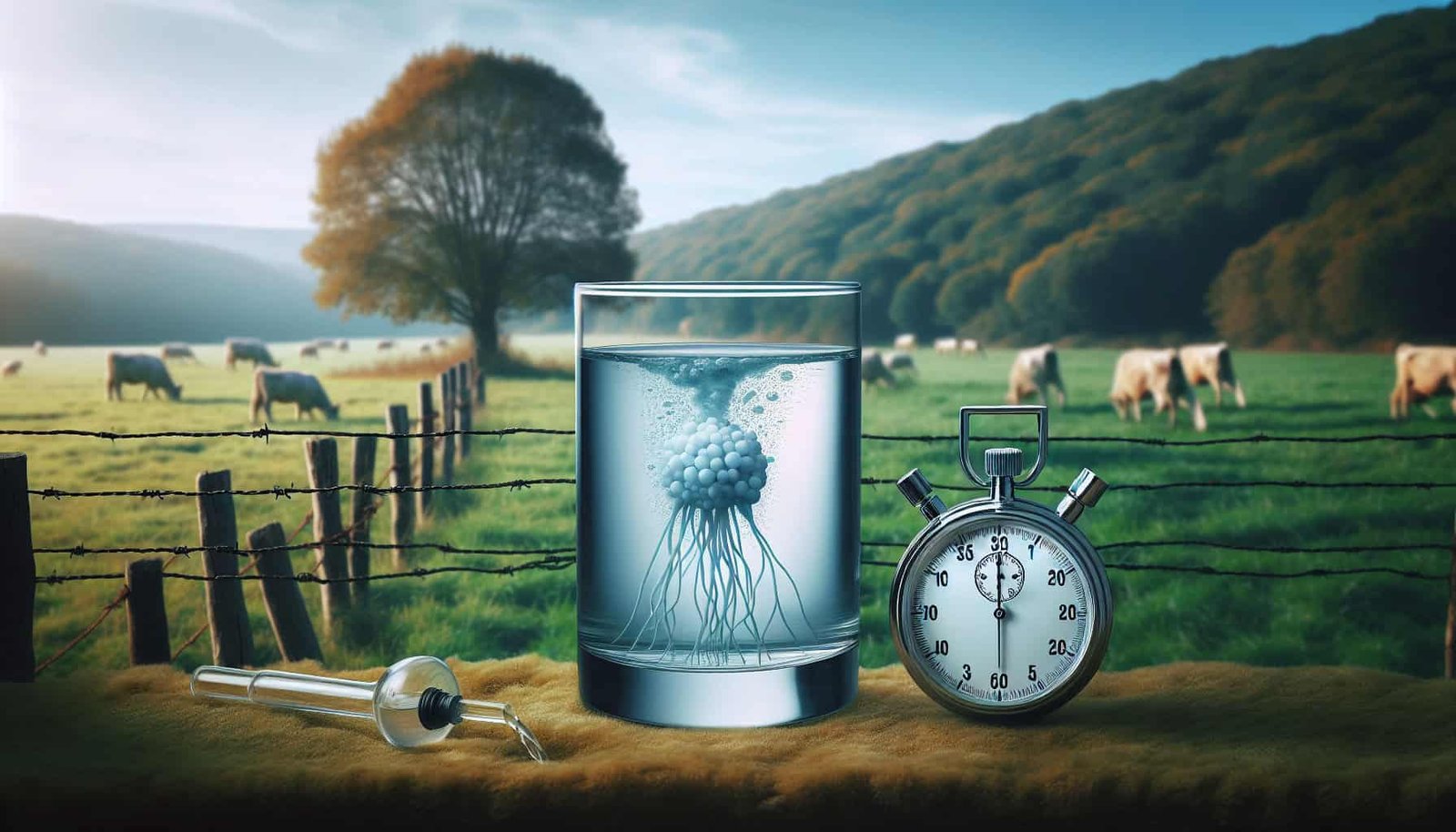Have you ever wondered about the regulations surrounding well water contaminated with elevated levels of 1,2,3-trichloropropane? It’s a valid concern, as this chemical compound has been linked to several health risks. In this article, we’ll explore whether such regulations exist to protect our well water and ensure its safety for consumption. So, if you’re curious about the measures in place for monitoring and controlling 1,2,3-trichloropropane levels in well water, keep reading to find out more.
Regulations for Well Water with Elevated 1,2,3-trichloropropane
If you are concerned about the presence of 1,2,3-trichloropropane (TCP) in your well water, it’s important to understand the regulations and guidelines in place to ensure the safety and quality of your drinking water. TCP is a synthetic chemical that has been used in industrial and agricultural processes, and its presence in well water can be harmful to both human health and the environment. In this article, we will provide an overview of TCP, discuss the potential health and environmental risks associated with it, and explore the existing regulations for TCP in well water.
Overview of 1,2,3-trichloropropane (TCP)
1,2,3-trichloropropane (TCP) is a chlorinated hydrocarbon compound that is primarily used as a solvent and as an intermediate for the production of various other chemicals. It is known to be highly toxic and persistent in the environment. TCP can enter groundwater and contaminate well water through industrial discharges, improper waste disposal, and the use of certain pesticides. Its presence is a concern due to its potential health and environmental impacts.

Potential Health and Environmental Risks
Exposure to elevated levels of TCP in drinking water can have adverse health effects. It has been classified as a probable human carcinogen by the International Agency for Research on Cancer (IARC). Prolonged exposure to TCP has been linked to an increased risk of various types of cancer, including kidney, liver, and lung cancer. In addition to its carcinogenic properties, TCP can also cause damage to the liver, kidneys, and respiratory system.
Furthermore, TCP poses a significant risk to the environment. It is highly persistent in the soil and groundwater, meaning that it can remain in the environment for a long time. TCP contamination can lead to the depletion of oxygen in aquatic ecosystems, causing harm to fish and other aquatic organisms. It can also contaminate soil, reducing its fertility and affecting the growth of plants.
Existing Regulations for TCP
In the United States, the regulation of TCP in well water falls under the jurisdiction of the Safe Drinking Water Act (SDWA), which is administered by the Environmental Protection Agency (EPA). The SDWA sets standards and guidelines to protect the public from contaminants in drinking water and ensure its safety.

Safe Drinking Water Act (SDWA)
The Safe Drinking Water Act (SDWA) was enacted in 1974 with the goal of protecting public health by regulating the nation’s drinking water supply. Under this legislation, the EPA is responsible for establishing and enforcing standards for drinking water contaminants, including TCP. The SDWA requires the EPA to periodically review and update the list of contaminants and set Maximum Contaminant Levels (MCLs) to protect consumers from potential health risks.
Maximum Contaminant Level (MCL)
The Maximum Contaminant Level (MCL) is the highest concentration of a contaminant allowed in drinking water under the SDWA. For TCP, the EPA has set an MCL of 0.000005 milligrams per liter (mg/L), or 5 parts per trillion (ppt). This extremely low limit is based on the best available scientific evidence and is deemed protective of public health. Public water systems are required to monitor and report TCP levels, ensuring compliance with the MCL. However, private well owners are responsible for testing their own well water and ensuring its safety.

Quality Control Requirements
To ensure the accuracy and reliability of TCP testing, quality control requirements are in place. Laboratories conducting water testing for TCP must follow specific protocols and standards set by the EPA. This includes proper sample collection, preservation, and analysis methods. Quality control measures help to minimize errors and ensure that the reported results are accurate and trustworthy.
Monitoring and Reporting
Public water systems are required to regularly monitor and report TCP levels in their drinking water. This ensures that any exceedance of the MCL is promptly detected and addressed. However, private well owners are responsible for monitoring their well water on their own. It is recommended to have your well water tested by a certified laboratory to check for the presence of TCP and other contaminants. Regular monitoring is crucial to ensure the safety and quality of your well water.

Remediation and Treatment
If your well water has been found to contain elevated levels of TCP, there are remediation and treatment options available to reduce or remove the contamination. Treatment methods such as activated carbon filtration, reverse osmosis, and air stripping can effectively remove TCP from water. It is advisable to consult with water treatment professionals or experts to determine the most suitable treatment method for your specific situation. Regular testing and monitoring should be continued even after treatment to ensure the successful removal of TCP.
Challenges and Future Considerations
While regulations and guidelines are in place to address the issue of TCP contamination in well water, challenges and considerations still exist. The cost and accessibility of testing and treatment options may pose barriers for some well owners. Additionally, the effectiveness of certain treatment methods may vary depending on the specific circumstances of the well and the concentration of TCP present. Ongoing research and advancements in technology are needed to develop more efficient and cost-effective remediation strategies.
In conclusion, while the regulations and guidelines for well water with elevated 1,2,3-trichloropropane may seem complex, they exist to protect your health and the environment. By understanding the potential risks, complying with monitoring and reporting requirements, and seeking appropriate treatment options if necessary, you can ensure the safety and quality of your well water. Regular testing and staying informed about the latest developments in TCP remediation are essential for addressing this issue effectively and safeguarding your well water.


